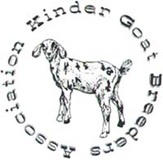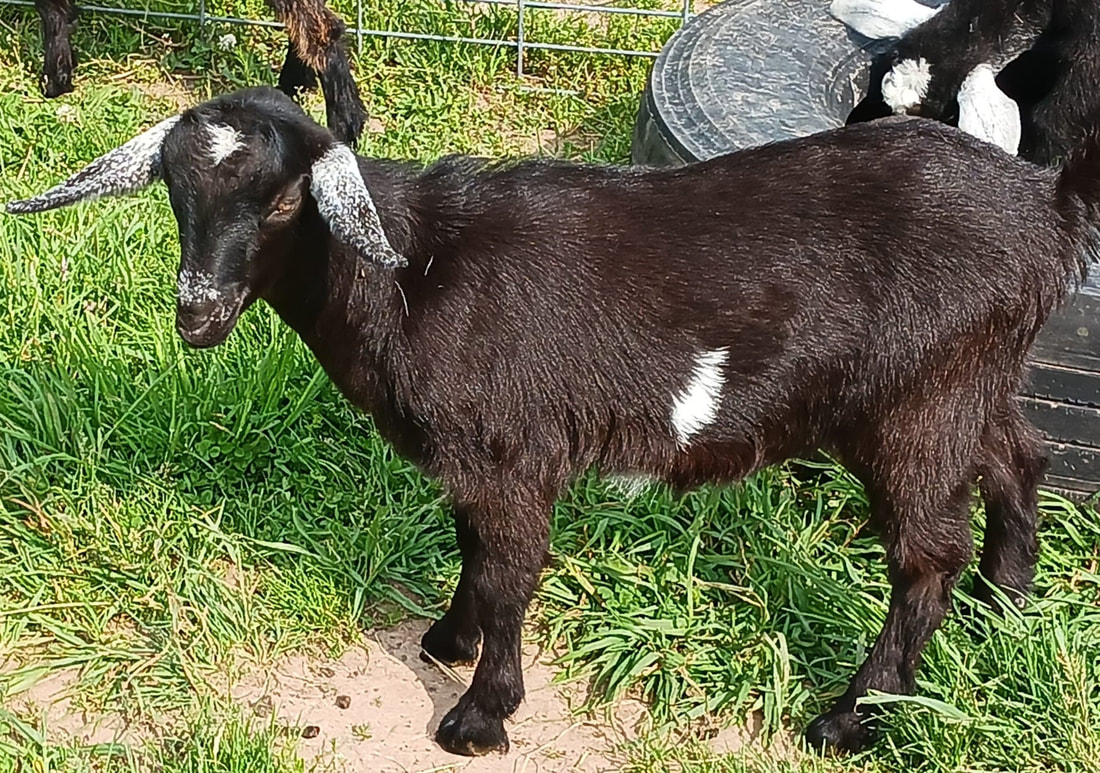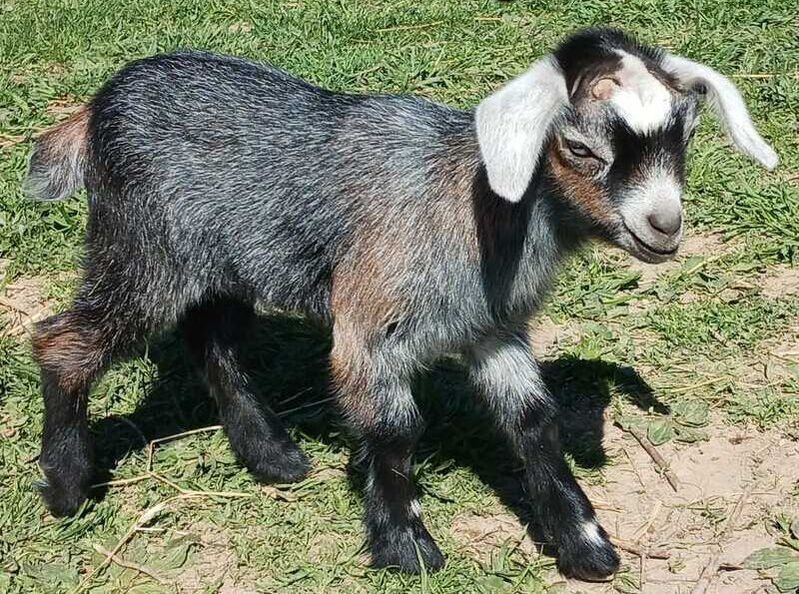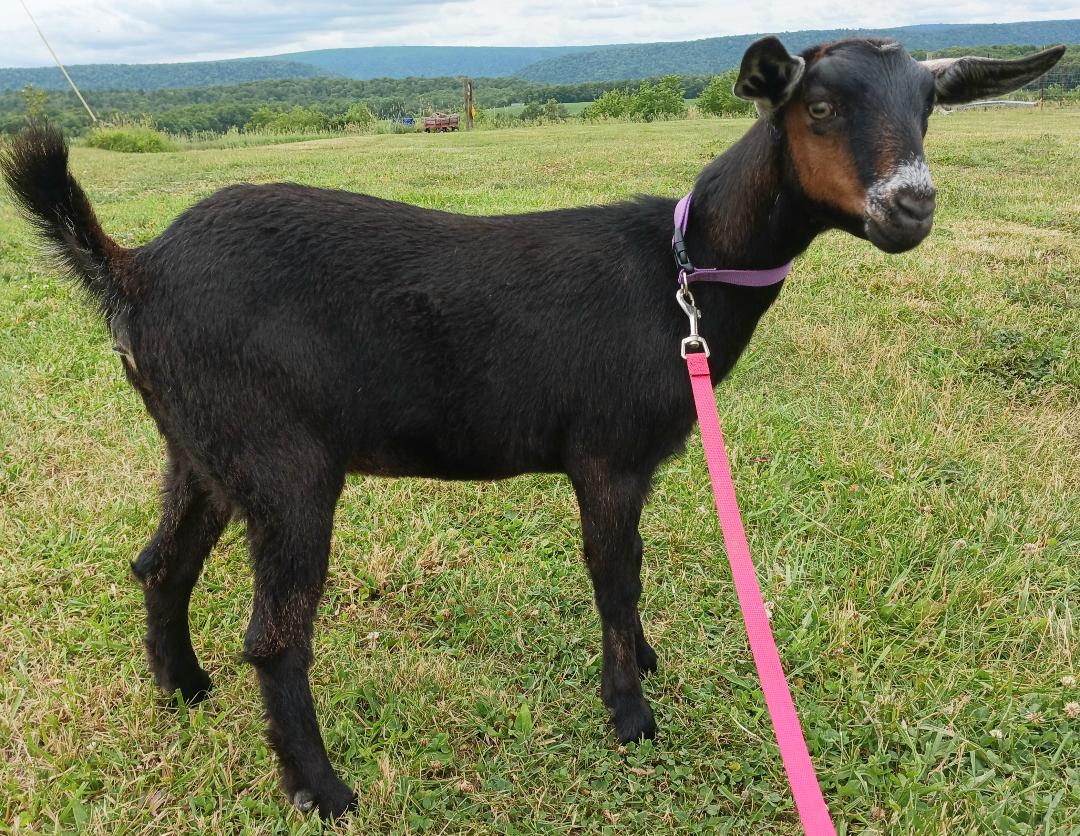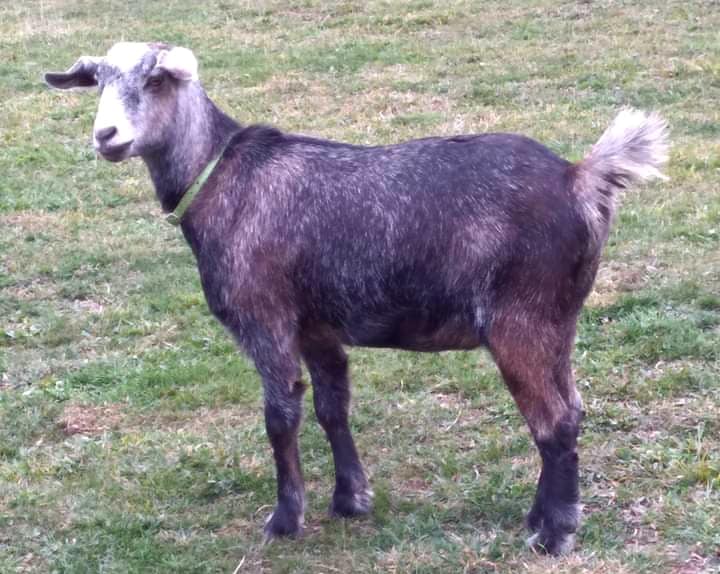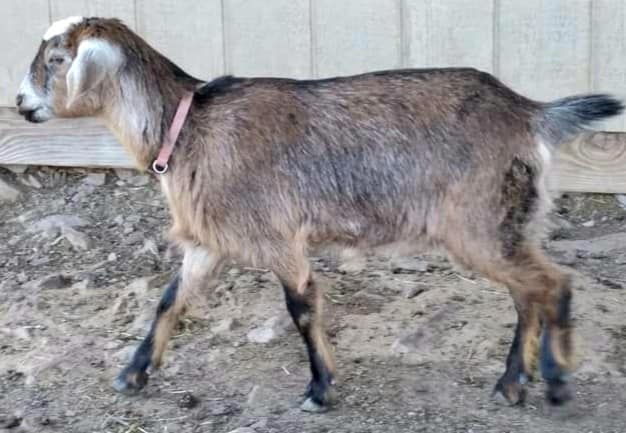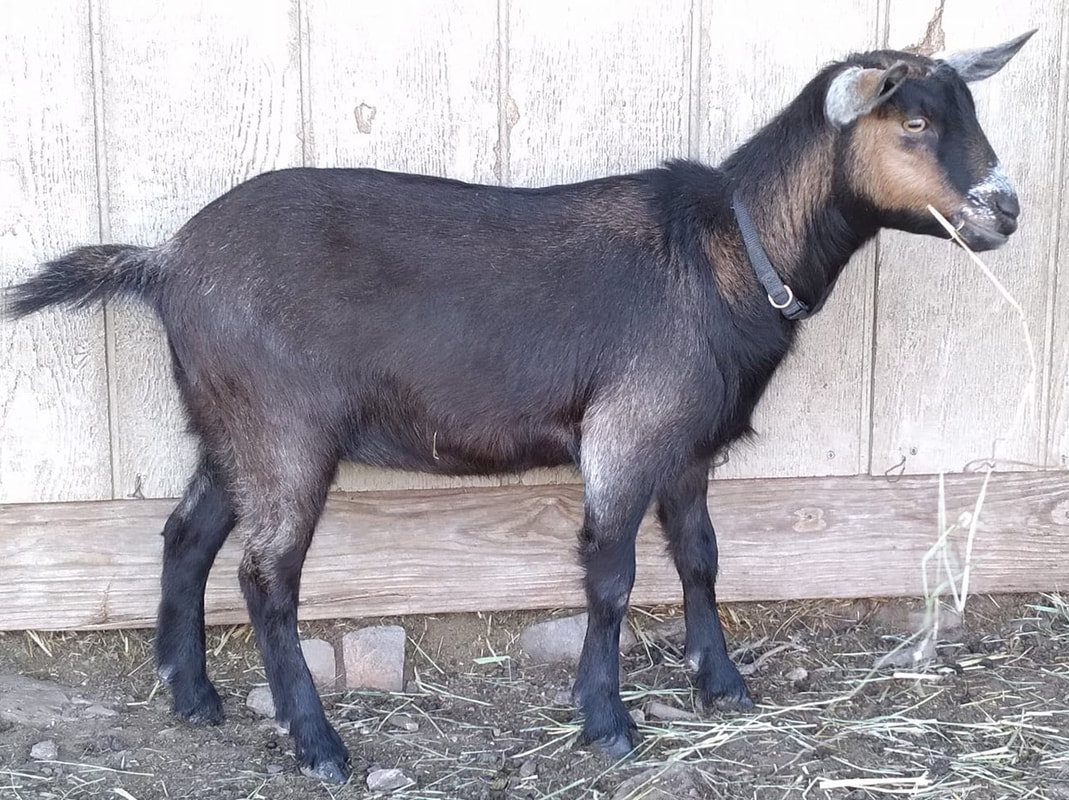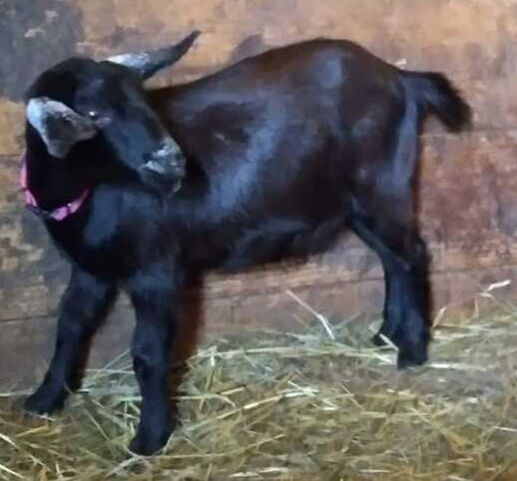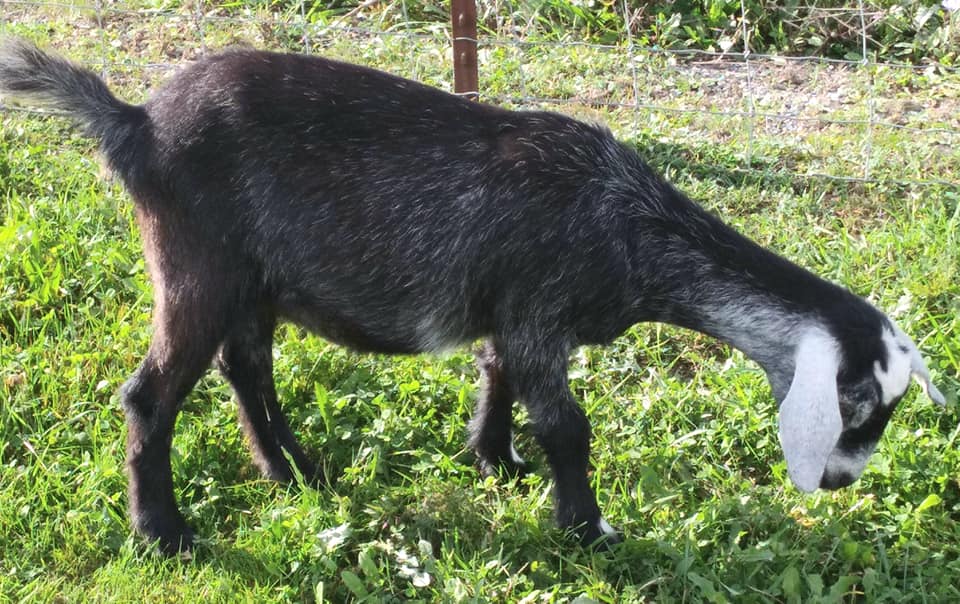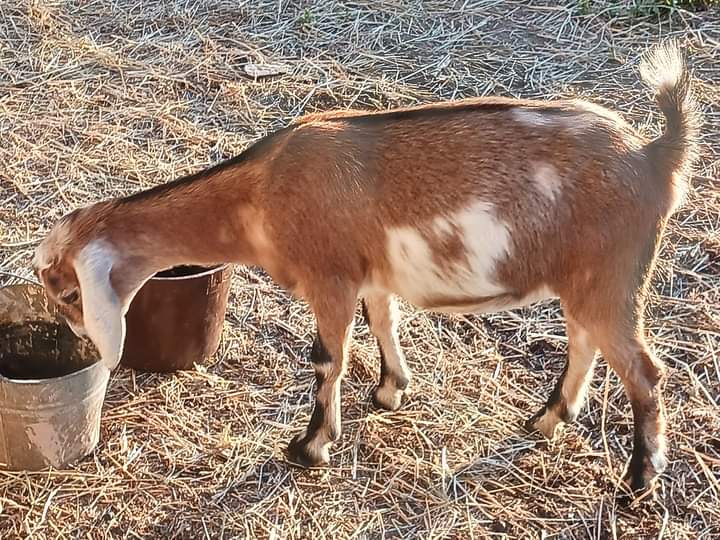KINDER DOES
Fur Immer Farm
first breeders of KGBA Kinder Goats in Pennsylvania
Our breeding Kinder Does:
2023 doelings will be bred in the future:
Fur Immer Farm PSFHL Ophelia Lokelani (Red Rose)
DOB: March 19, 2023
Princess Sara x Faith Haven Levi
Fur Immer Farm LML Rosa Taqqiq
DOB: March 21, 2023
Lucille Moon x Faith Haven Levi
Fur Immer Farm SBVFHW Tanya Tucker
DOB: March 22, 2023
Shocking Blue Venus x Faith Haven Waylon
Fur Immer Farm OLLRzB Ulala Ulalani
DOB: March 23, 2023
Oh Lolly Lolipop x Razzle Berry
Ci Ci - 4th generation KGBA Kinder DOELING
DOB: April 5, 2023
Harmonious Hanna x Faith Haven Levi
Ci Ci - 4th generation KGBA Kinder DOELING
DOB: April 5, 2023
Harmonious Hanna x Faith Haven Levi
Bray's Homestead Skylar
DOB: April 2023
Rocky Top Acres Gizmo x King David
CURRENT BREEDING DOES:
KGBA Fur Immer Farm LGLJ Tiny Dancer #3186070D
DOB 04/01/2018 3nd generation - NOT FOR SALE
NOT FOR SALE KGBA Fur Immer Farm LOVRM Mercy Mercy Me
DOB 06/06/2019 3rd generation
KGBA Fur Immer Farm BCWD Mona Lisa #3207203D
DOB 3/31/2020 3rd generation - NOT FOR SALE
KGBA Fur Immer Farm LGWD Harmonious Hannah #3207208D
DOB 5/3/2020 3rd generation -NOT FOR SALE
KGBA Fur Immer Farm SWBTK Isabella Berry Bug #3217737D
Born 4/10/2021 3rd generation - NOT FOR SALE
KGBA Fur Immer Farm TDCF Oh Lolly Lollipop #4217739D
DOB 4/17/2021 4th generation - NOT FOR SALE
KGBA Fur Immer Farm PSN Jael Leah Assassin #4217741D
Born 5/30/2021 4th generation - NOT FOR SALE
KGBA Greek Hill Kinders AN Nila Selina #3228196D
Born 1/21/2022 3rd generation
Although born on another farm, Nila is out of Fur Immer Farm stock
Athena and Noah - NOT FOR SALE
Kinder
The fall of 1985 found the Showalters of Zederkamm Farm, Snohomish, Washington in a bind. Their old Nubian buck had died and left their two Nubian does without a mate. True, they had other goats including several Pygmies and the Pygmy buck was eager to be of help. So they bred the Nubians to the little fellow and in the spring of 1986 three little doe kids were born, the first Kinders. One, called Liberty, stayed at Zederkamm Farm, one was placed with a 4-H girl and the other went to live with Teresa Hill, a nearby goat enthusiast.
Liberty turned into a delightful goat with a charming personality, delightfully rich, sweet milk and the ability to produce three to six kids every year. More crosses were made, this time in a deliberate attempt to produce more of these moderate sized, highly efficient diary goats. Teresa Hill saw the potential of these goats with their smaller size, high feed conversion efficiency, rich milk and easy fleshing. Along with two other local Snohomish ladies, Daralyn Hollenbeck and Kathy Gilmore, Teresa launched an organization to register and promote this new, dual-purpose breed of goats. Initial publicity found a ready interest among goat fanciers around the country and now over 50 herd names and many hundreds of goats are registered with the Kinder Goat Breeders Association.
The Kinder goat, as it has evolved, is a joy to milk and an ideal small homestead milk producer. Though smaller, Kinder goats are required to meet the same standards of production to be eligible for star milker awards as their larger counterparts registered by the American Dairy Goat Association. With a base production of 1,500 pounds of milk and/or 52.5 pounds of butterfat in 305 days or less, freshening at 2 years or less in age, these hard working little animals stand up well in comparison. The original, Zederkamm Liberty, has a 305-day record starting at 3 years and 6 months of age of 1,730 pounds of milk and 115 pounds of butterfat.
Since the breed is being developed as a dual purpose breed, it is also important to note that the wethers (does as well) make extremely desirable meat animals. Usually born weighing 4 or 5 pounds, they grow rapidly at a rate of about 7 pounds per month. Recently some 6-month-old wethers were slaughtered weighing about 50 pounds and dressing out at 30 pounds. This makes the dressing percentage a very favorable 60 percent. Older wethers have an even higher dressing percentage with some 14-month-old wethers having a live weight of 80 pounds and a carcass weight of 50 pounds - a dressing percentage of nearly 63 percent.
It is easily possible for a Kinder doe weighing about 115 pounds to produce five kids who in 14 months can weigh 80 pounds each and dress out at 50 pounds thereby producing 250 pounds of meat each year.
The information contained on this page are provided courtesy of the
Kinder Goat Breeders Association, P.O. Box 1575, Snohomish, WA 98291-1575
Oklahoma State University : http://www.ansi.okstate.edu/breeds/goats/kinder/index.htm
